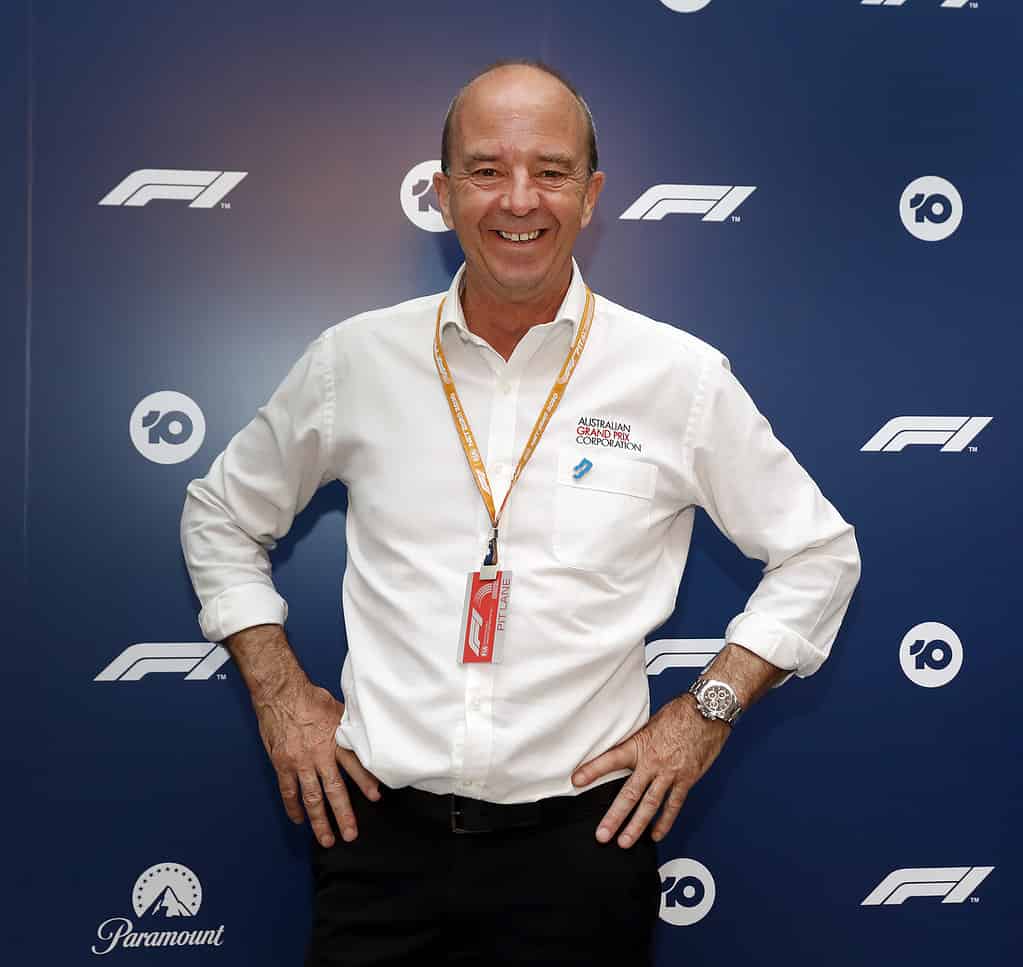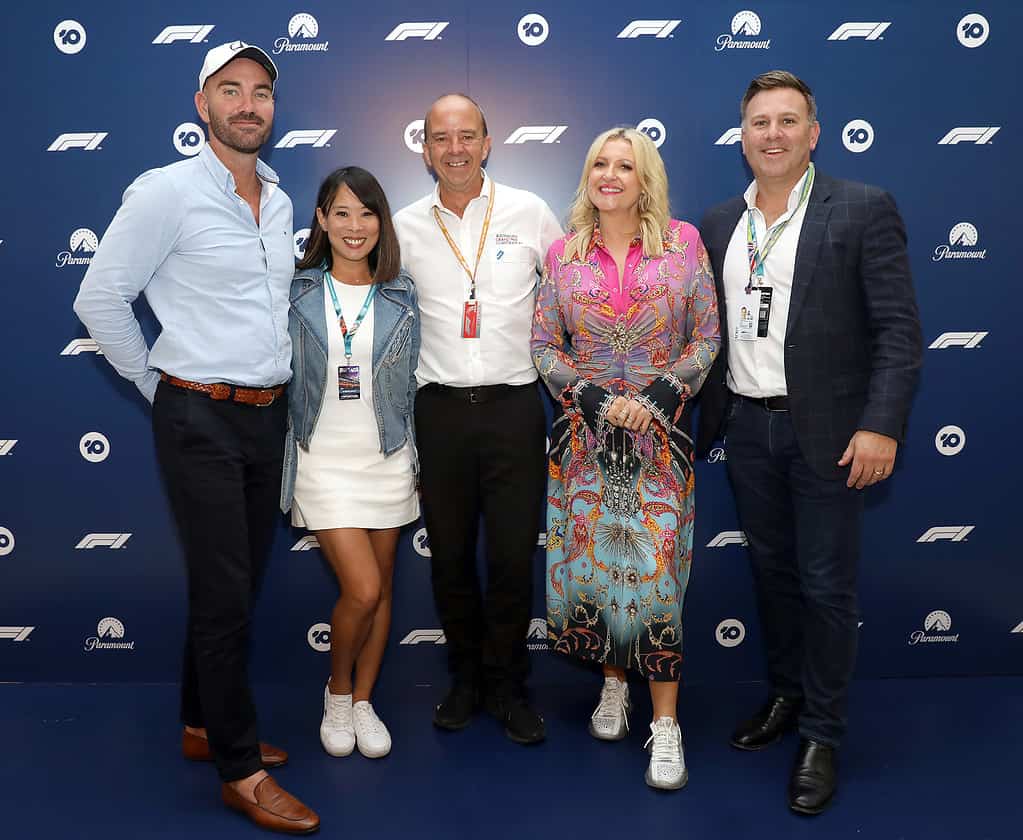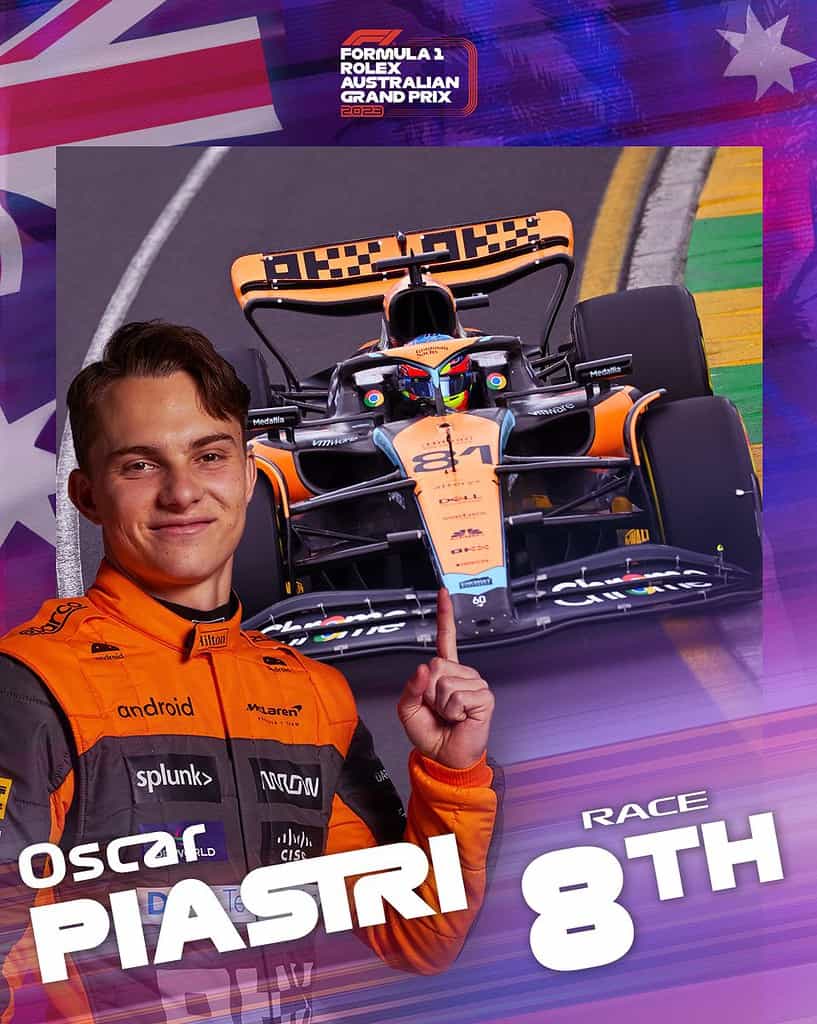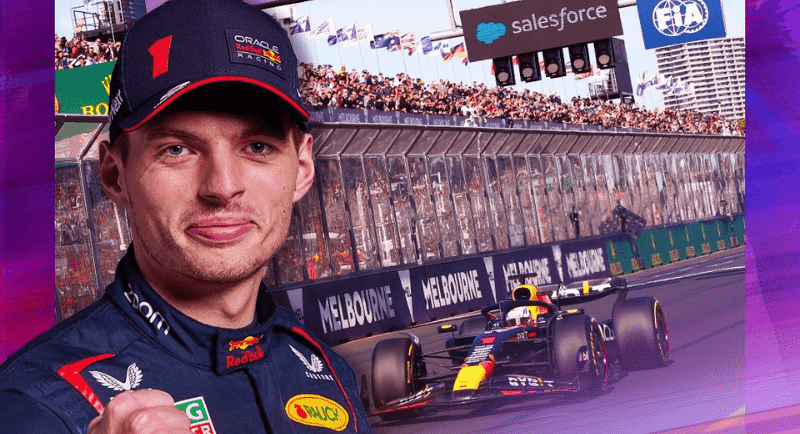The chief executive of the Australian Grand Prix Andrew Westacott is stepping away from the event after leading it since 2011. He leaves the four-day event in rude health.
Speaking to Mediaweek on the eve of his last race as the racing car king, Westacott said: “We renegotiated a new contract with the Victorian Government last year that now keeps the race in Melbourne until 2037, the longest tenure of any Formula 1 event in the world. That is a contractual commitment that exists between the Victorian Government, the Grand Prix Corporation and Formula 1.
Westcott explained the outlay for the race in 2022 was $78m which returned $171m economically before measuring impact on everything from tourism to business investment in the city and the state. “The investment is an absolute no-brainer.

Andrew Westacott
“The Australian Grand Prix has grown every year since about 2009 and there will be great years ahead. “Formula 1 is in a sweet spot. There are about 32 different cities that want to host races and there is only room on the calendar for about 23, maybe 24 or 25 at maximum.”
With so much demand, Westacott noted the pressure is always on for the Melbourne event to perform. “We have to invest in innovation.”
“I get to go to a couple of Grand Prix events each year. We have a great partnership with Network 10 and have worked with them on MotoGP and Formula 1 for many years. I would love to go to about 40 events a year, but I wouldn’t get much work done.
“When I do get to another event it is about benchmarking, comparisons, relationships and future planning.”
Westacott hosts visits from other F1 events in Melbourne. “This year we have a massive contingent from the Formula 1 organisation including their client management team that looks after all other promoters. We also have people this year from Hungary, Abu Dhabi, and Azerbaijan. They come to look and learn from us in the same way we learn from them.”
As to how Australia ranks against other Grand Prix in terms of size of audience and fan engagement, Westcott said: “We top the pops in terms of fan engagement. Miami might have a bigger corporate program, Silverstone might have more grandstands, and someone else might have more general admission. If you combine what we have with the on-track program, the music concerts and our proximity to the city we have the full package.
“The other important thing is getting the basics right like tech platforms, bandwidth, systems and processes. You must have attention to detail. Our team is focused on making sure that everyone that comes along has a great experience.”

Westacott surrounded by Paramount’s Rod Prosser, Diane Ho, Angela Bishop and Jarrod Villani
Part of improving the experience this year was increasing the number of super screens around the track from 64 to 75. “We also have a kilometre of food outlets, 45% up. We also increased shade areas for families from 450sq m to 4,000sq m.”
The Australian Grand Prix in Melbourne attracts big crowds which fuel big dollars: “The general admission brings in the mass audience, with grandstand seats increased this year from up from 39,000 to 46,000.
“The audience through to gate has climbed from 419,000 to over 440,000 year-on-year. The revenue from sponsors was $56m [last year]. We will exceed $70m this year. Just three years ago that figure was around $38m.”
Westacott acknowledged that it is important not to have too much clutter around the track when it comes to brand messaging. “People like Rolex and Heineken have done it perfectly. We have activations and partnerships tailored for corporate guests and others for people in the music zones where bands play every night.”
While there is much to engage fans off the track, Westacott has been running an event with more happening on the track than anywhere else.
“We are the only four-day F1 event,” he explained. “We are renowned as having the biggest track program with Formula 1, Formula 2, Formula 3, Porsche Carrera Cup and a historic parade. That just doesn’t happen anywhere else in the world. You go to a European round and you’ll get F1 and F2, and maybe F3 if you are lucky. You might also see Porsche Carrera Cup but there will be the sound of crickets between sessions.”
Building the track slightly longer than a pitstop in Australian Grand Prix
The Australian Grand Prix makes sure it keeps disruption to a minimum in the public parkland where the race is held.
“We only close the park exclusively on the Monday night of event week and then we open it up mid-week following the race,” said Westacott. “We only have it exclusively for 10 days. Outside of that, we do get some access to build grandstands from January and we work on parts of the track from February. All of that is done while people are still able to play sport, go for a jog, walk their dogs and it remains a peoples’ park.”

First points in his first year for Australian F1 driver Oscar Piastri
